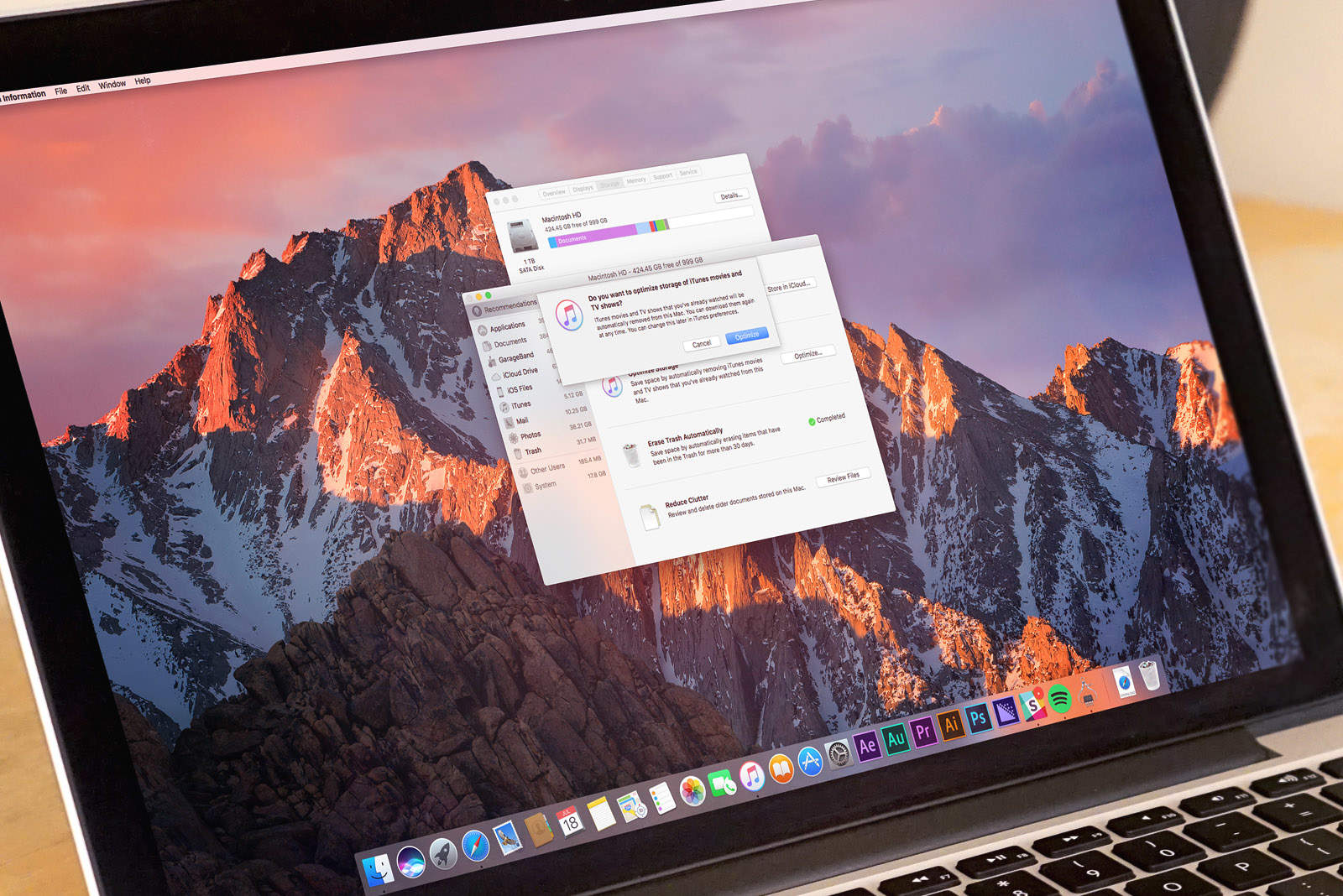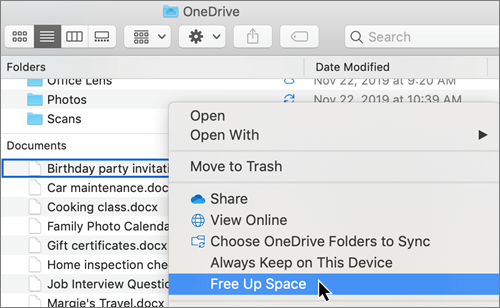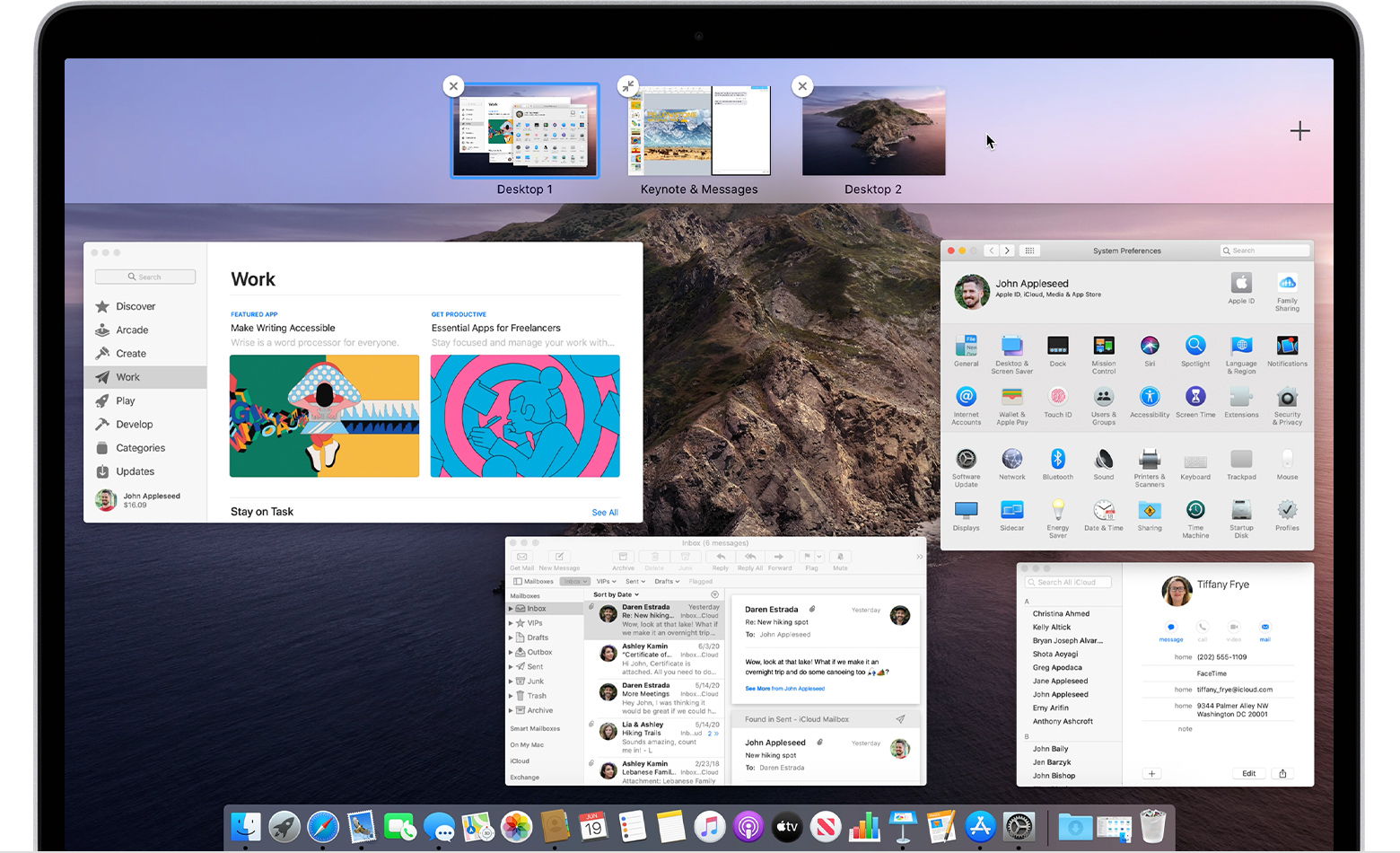


- MAKING SPACE ON MAC OS FOR MAC
- MAKING SPACE ON MAC OS INSTALL
- MAKING SPACE ON MAC OS FULL
- MAKING SPACE ON MAC OS WINDOWS

Here then is an easy way to fully recover storage space on your Mac including High Sierra, Mojave, Catalina and Big Sur. MacOS will eventually delete them but only in its own sweet time which isn’t convenient if you need that storage space immediately. If you’ve deleted some large files on your Mac and yet still find that it hasn’t freed up any disk space, it’s probably due to these snapshots. Using a disk storage utility like Daisy Disk is now almost essential on macOS because since the release of of macOS 10.13 High Sierra was that, Apple switched to the new APFS file system for Macs with SSD drives.ĪPFS basically balances file space more “intelligently” on your Mac particularly when it comes to Time Machine snapshots and backups.Īlthough APFS can help manage disk space more efficiently, it can also be something of a curse because it actually makes it harder to accurately check storage on your Mac and recover disk space being hogged by local snapshots.
MAKING SPACE ON MAC OS FOR MAC
MAKING SPACE ON MAC OS WINDOWS
For example, if you create a new TextEdit document in Desktop 3, but TextEdit windows are already open in Desktop 2, your new document opens in Desktop 2. None: The app opens in whichever space you’re using at the time.īy default, when switching to an app, the desktop automatically switches to a space that has open windows for the app.

MAKING SPACE ON MAC OS FULL
If you use the app full screen, it appears in its own space.ĭesktop on Display : The app opens in the current space on a specific display (if more than one display is available). This Desktop: The app opens only in the current space. In the shortcut menu that appears, choose Options, then choose one of the following:Īll Desktops: The app opens in every space. You may need to first open the app to show its icon in the Dock. On your Mac, Control-click an app’s icon in the Dock. If you use two or more spaces, you can assign an app (or System Preferences) to a specific space so it always opens in that space.
MAKING SPACE ON MAC OS INSTALL


 0 kommentar(er)
0 kommentar(er)
